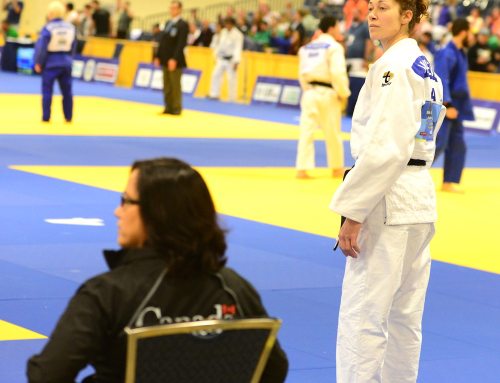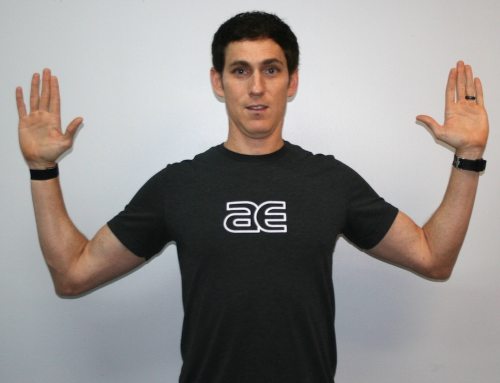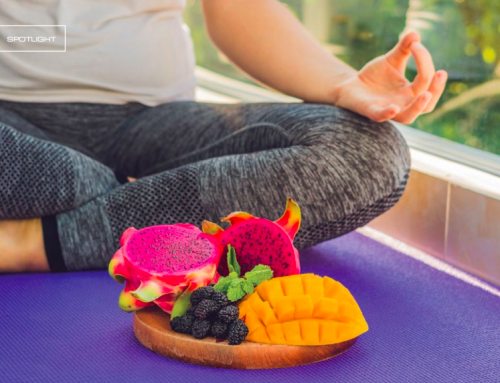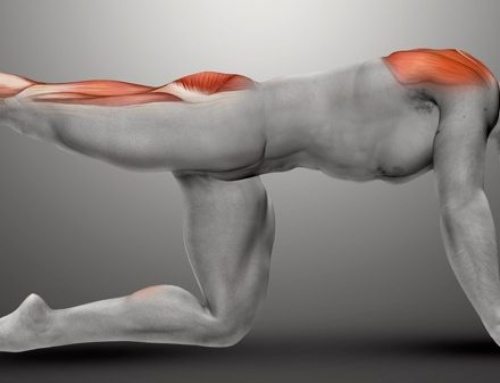
Improve Ankle Mobility to Limit Running Injuries
By Brian Schiff, PT, CSCS
Have you ever experienced a sudden twinge of pain in the back of your lower leg during a run? Sometimes the feeling fades, while other times it seems to increase with every stride, forcing you to stop or slow your pace. If this sounds familiar, you are not alone.
While runners are quick to focus on the gastrocnemius (calf) and Achilles area with pain along the back of the lower leg, they should also pay close attention to the soleus muscle. What exactly is the soleus? It is a powerful muscle closely associated with the gastrocnemius running from just below the knee down to the heel. It is responsible for assisting with deceleration from heel strike to mid-stance as well as push-off during walking and running.
Tightness and/or weakness in the soleus will limit ankle mobility, predispose runners to overuse injuries and alter running mechanics. Often, runners will complain of cramping or burning pain in the lower calf area during or after a run, and this is often associated with soleus strains.
Other common symptoms include tenderness, pain descending stairs, pain rising up on one leg (heel raise) and weakness with push-off during running and jumping. More discomfort is felt when stretching the foot upward with a bent knee than with a straight knee since the soleus muscle does not cross the knee joint like the gastrocnemius.
Over time, those with a soleus strain will typically alter their gait to avoid stretching the muscle. This, in turn, may lead to stiffness in the ankle joint. Unfortunately, limited ankle mobility will normally translate up the kinetic chain, creating harmful forces for the knee and hip. In general, the body seeks to have greater mobility at the ankle and hip joint, while preferring more stability in the knee.
Therefore, limited ankle dorsiflexion (movement of the knee over the foot in running) often shows up in running assessments as increased medial knee collapse (valgus) and excessive hip adduction/internal rotation. This particular movement pattern contributes to IT band issues, anterior knee pain, shin splints, plantar fasciitis and hip bursitis.
Even if you have never experienced soleus pain, you may still have some soft tissue or joint stiffness in one or both legs. I use the following exercises to optimize soleus flexibility, dynamic strength and ankle joint mobility:
- Self myofascial release – Using a foam roller, stick or softball, slowly roll and compress the soleus muscle for 30-60 seconds, seeking to work out the tender spots (may rotate the foot in and out as well as in neutral position).
- Knee bent step stretch – Hold for 30 seconds and repeat two to three times.
- Single leg forward cone reach – Perform two sets of 10 reaches standing far enough away that you can barely touch the cone while keeping the heel on the ground and the knee over the second toe.
- Single leg squat to heel raise – Perform two to three sets of 10 repetitions, slowly lowering down into a squat and then rising back up on the ball of the foot.
# # #
Brian Schiff, PT, CSCS, is a sports physical therapist and supervisor at The Athletic Performance Center in Raleigh. For more information on their services, visit the APC online at www.apcraleigh.com or www.apccary.com.





